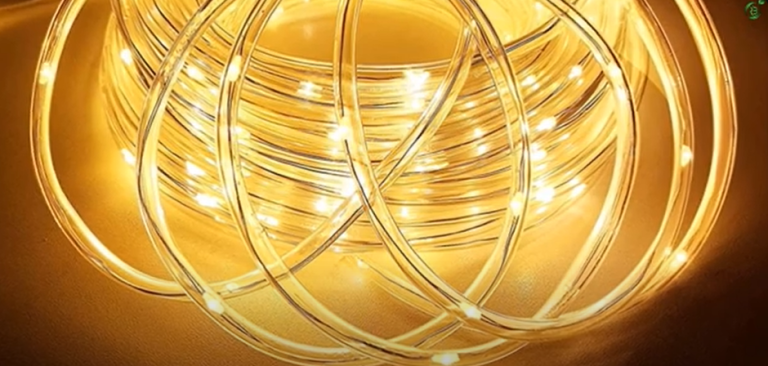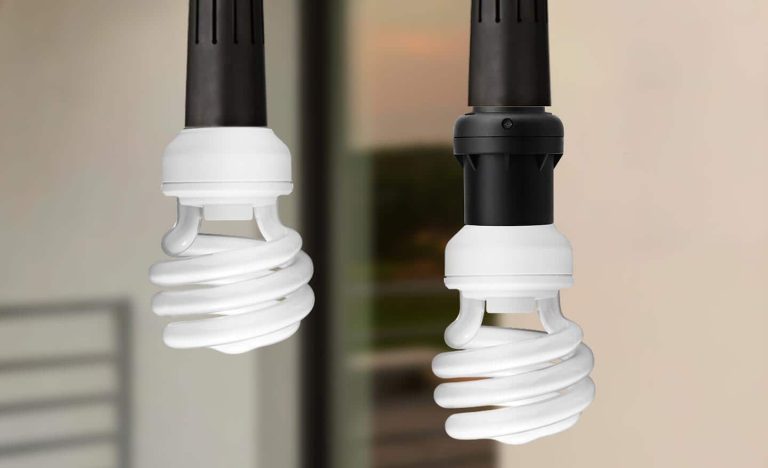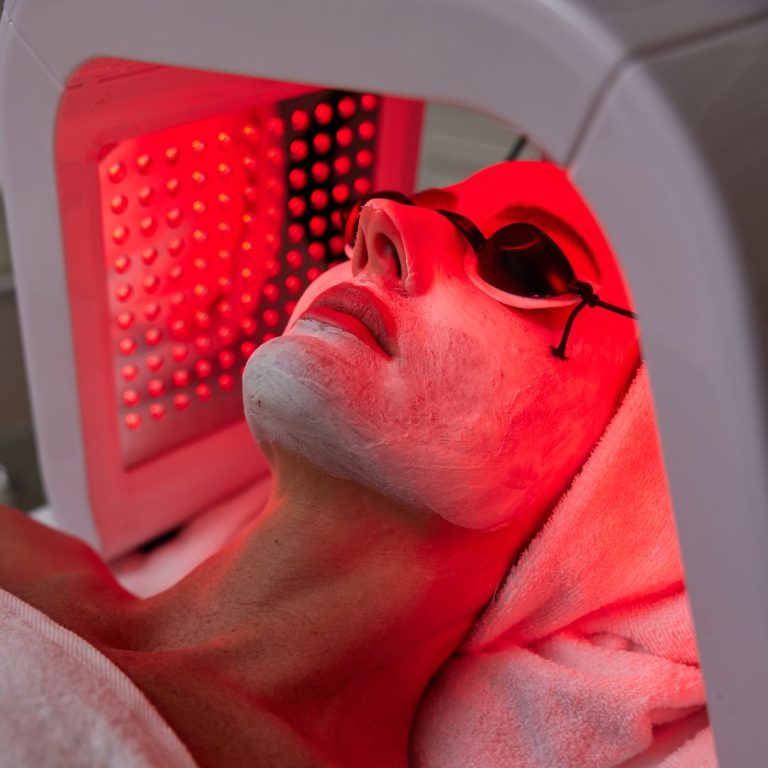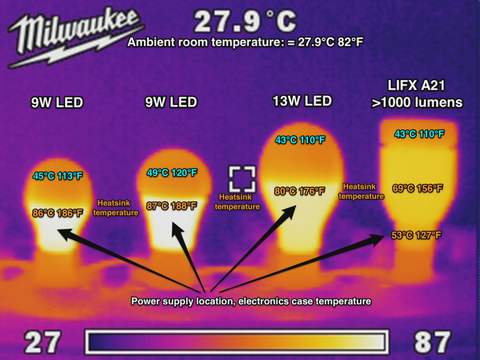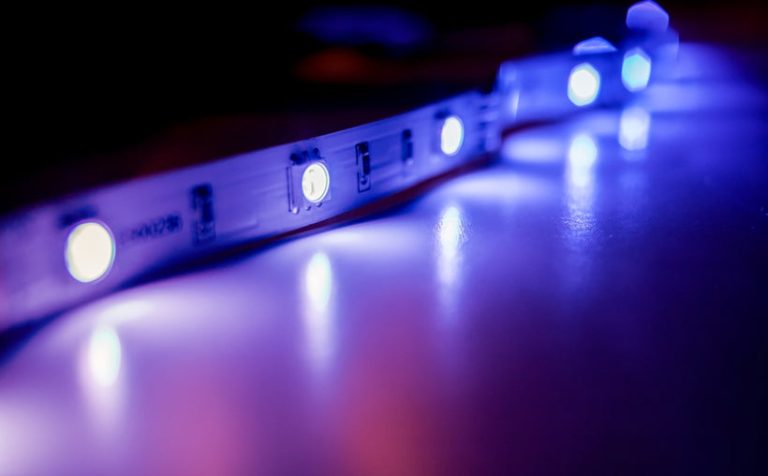What are LED Lights? Discover Bright Efficiency
Imagine transforming your space with vibrant colors while saving money on your energy bills. That’s the magic of LED lights.
What are LED lights? LED lights are light-emitting diodes that produce light when an electric current passes through a semiconductor. They are energy-efficient, long-lasting, and available in various colors. LEDs are widely used for lighting in homes, electronics, and displays due to their low power consumption and durability.
You might be wondering, what exactly are LED lights and why should you consider them for your home or office? By understanding LED technology, you unlock the potential for brighter, more efficient lighting that aligns with your lifestyle and environmental concerns.
Whether you’re looking to illuminate your home, improve your workspace, or simply save on costs, LED lights could be your perfect solution. Dive into this article to explore how these innovative lights can enhance your environment, reduce your energy consumption, and even boost your mood. Your journey to smarter lighting starts here.
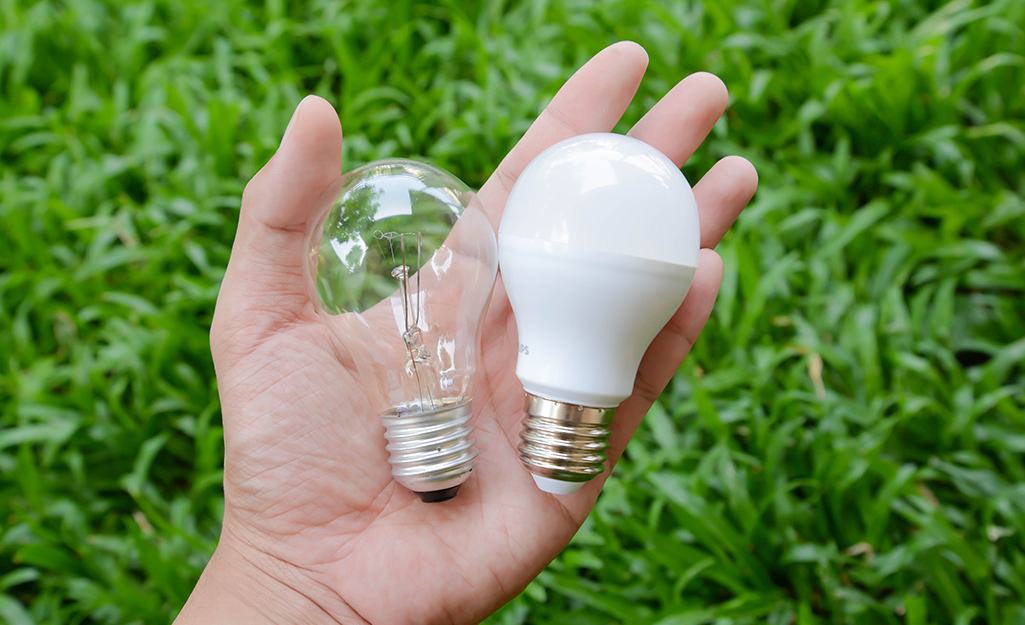
Credit: www.homedepot.com
What are LED Lights?
Basics Of Led Technology
LED lights have rapidly become a staple in modern lighting solutions. But what makes this technology so special? Understanding the basics of LED technology can help you make informed decisions about your lighting needs. Whether you’re considering LED lights for your home, office, or outdoor spaces, knowing how they work will highlight their benefits and why they are a smart choice.
Read More: Why Do LED Lights Flicker? Uncover the Hidden Causes
What Is Led?
LED stands for Light Emitting Diode. It’s a semiconductor device that emits light when an electric current passes through it. Unlike traditional bulbs, LEDs don’t have a filament that burns out, making them more durable and long-lasting.
How Do Leds Produce Light?
LEDs produce light through a process called electroluminescence. When electricity flows through the semiconductor material, it excites electrons, causing them to release energy in the form of light. This method is highly efficient as it minimizes energy loss as heat, unlike incandescent bulbs.
Efficiency Of Led Lights
One of the most significant advantages of LED lights is their efficiency. They use up to 75% less energy than incandescent lighting. This means lower electricity bills and a reduced carbon footprint.
Led Lifespan
Have you ever had a bulb blow out just when you needed it the most? LEDs can save you from this frustration. They can last up to 25 times longer than traditional bulbs, providing consistent and reliable lighting.
Color And Brightness Control
LEDs offer great versatility in terms of color and brightness. You can adjust them to create the perfect ambiance for any occasion. Some LEDs even come with remote controls for easy adjustments.
LEDs are an environmentally friendly choice. They contain no toxic elements like mercury and are fully recyclable. Choosing LEDs can contribute to reducing landfill waste and lowering pollution.
Have you ever wondered how small changes in your lighting choices could impact your lifestyle or the planet? By embracing LED technology, you are not just lighting up your spaces but also making a conscious choice towards sustainability. So, the next time you think about upgrading your lights, consider the profound benefits of LEDs. They might just be the bright idea you’ve been searching for.
Read More: How Long Do LED Light Bulbs Last? Discover the Truth
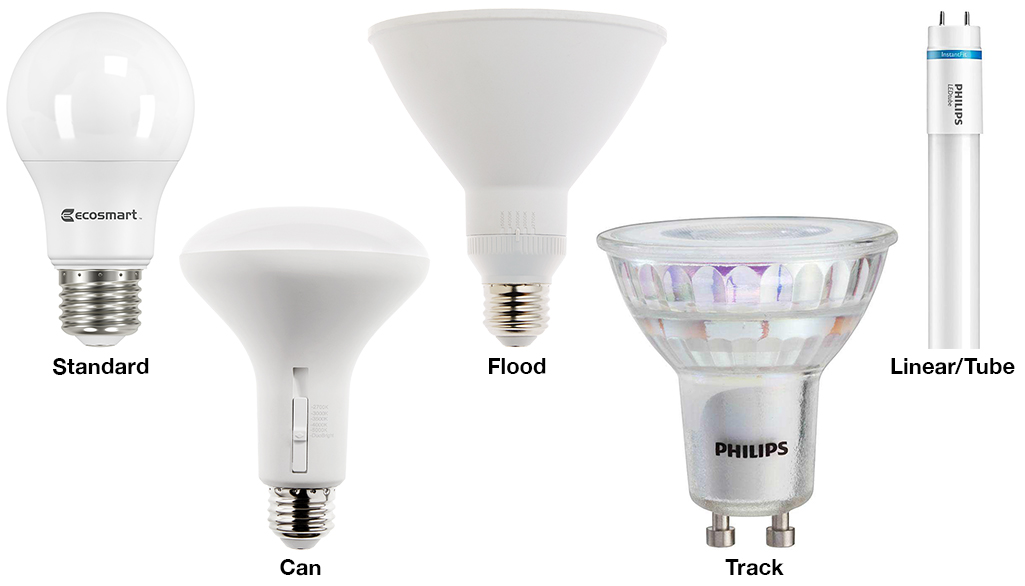
Credit: www.homedepot.com
How Led Lights Work
LED lights are efficient and long-lasting. But how do they work? Understanding their operation helps appreciate their benefits. Let’s dive into the mechanics of LED lights.
Understanding The Basics Of Leds
LED stands for Light Emitting Diode. It’s a semiconductor device. When electricity passes through, it emits light. This simple process makes LEDs efficient.
The Role Of Semiconductors
Semiconductors are essential in LEDs. They control electrical flow. In LEDs, they allow electrons to move. This movement creates light. The semiconductor material affects light color.
Electron Movement And Light Production
Inside an LED, electrons move between layers. This movement releases energy as light. The color depends on energy level. More energy equals blue light. Less energy gives red light.
Heat Management In Leds
LEDs produce less heat than other bulbs. They use heat sinks to manage it. This keeps LEDs cool and efficient. Good heat management extends LED life.
Advantages Of Led Technology
LEDs use less power. They last longer than traditional bulbs. They are also more durable. These advantages make LEDs a smart choice for lighting needs.
Energy Efficiency Benefits
LED lights provide excellent energy efficiency, using less electricity than traditional bulbs. They offer longer lifespan and brighter illumination, reducing energy bills significantly. Perfect for homes and businesses aiming to save energy and money.
When you think about lighting up your home or office, energy efficiency should be at the forefront of your decision-making process. LED lights, known for their energy-saving capabilities, offer a remarkable solution. They not only cut down on electricity bills but also contribute to a greener planet. But what exactly makes them so energy efficient? Let’s dive into the specifics.
What Are Led Lights?
LED stands for Light Emitting Diode. It’s a technology that converts electricity into light with minimal energy loss. Unlike traditional bulbs, LEDs don’t rely on heating a filament to produce light. This makes them much more efficient and longer-lasting.
LED lights consume up to 80% less energy compared to traditional incandescent bulbs. Imagine the impact on your electricity bill when you switch to LEDs. The savings can be significant over time, especially in a large household or office setting.
LEDs also have a longer lifespan. While a typical incandescent bulb may last around 1,000 hours, an LED can shine for up to 25,000 hours or more. This means fewer replacements and less waste.
Have you ever noticed how traditional bulbs get hot to the touch? That’s because they waste a lot of energy as heat. LEDs, however, stay cool. This not only makes them safer but also reduces cooling costs in your home.
Practical Insights For Choosing Leds
When selecting LEDs, pay attention to the lumens, not just the watts. Lumens measure the actual brightness, giving you a better idea of the light output. Consider the color temperature as well; warm whites can create a cozy atmosphere, while cool whites are perfect for task lighting.
Check if the LED is dimmable if you want to adjust the light levels. Not all LEDs work with dimmer switches, so ensure compatibility before buying.
Engage with local retailers or online forums to gather insights from other users. Their experiences can guide you in picking the right LED for your space.
Questions To Consider
How much energy can you save by switching all your home lighting to LEDs? What impact will this have on your monthly bills and the environment?
Would you prefer a cooler or warmer light in your living spaces? Could changing the lighting impact your mood or productivity?
By considering these questions, you can make more informed decisions about your lighting choices. Remember, small changes like switching to LED lights can lead to big savings and a brighter future.
Environmental Impact
LED lights offer a brighter, energy-efficient lighting solution. They reduce electricity consumption and lessen environmental impact. Their long lifespan cuts down on waste.
The environmental impact of LED lights is a compelling topic that has sparked interest and debate. As we strive to reduce our carbon footprint, understanding the role of LED lights in this mission is crucial. LED lights offer a promising solution that aligns with sustainability goals.
Energy Efficiency
LED lights consume significantly less energy compared to traditional incandescent bulbs. This reduction in energy use means less demand on power plants, leading to decreased greenhouse gas emissions. The energy efficiency of LEDs not only saves money but also plays a part in preserving the environment.
Longer Lifespan
LEDs have a longer lifespan than many other lighting options. This means fewer replacements, which reduces waste and the resources needed for manufacturing new bulbs. Imagine the impact if every household switched to LEDs—fewer bulbs in landfills and a reduced strain on production resources.
Reduced Carbon Footprint
Switching to LED lights can significantly reduce your home’s carbon footprint. The reduction in energy consumption directly translates into a lower carbon output. Have you ever calculated how much energy your home lighting uses? Switching to LEDs could be an easy step toward a greener lifestyle.
Lack Of Harmful Substances
Unlike fluorescent lights, LEDs don’t contain mercury, a hazardous material. This makes disposal safer and less harmful to the environment. Next time you’re about to replace a bulb, consider the type of waste it will produce.
Recycling And Disposal
LEDs are easier to recycle than many traditional bulbs. Recycling facilities can reclaim valuable materials from LEDs, reducing the need for new raw materials. How often do you think about where your light bulbs end up? Choosing LEDs can make the disposal process more eco-friendly.
Incorporating LED lights into your daily life is more than a trend; it’s a step toward a sustainable future. What changes can you make today to contribute to a healthier planet?
Applications And Innovations
LED lights offer energy-efficient lighting solutions, using semiconductors to emit light when electrical current passes through. They provide long-lasting illumination, reducing energy costs and environmental impact. Their versatility allows use in homes, vehicles, and outdoor spaces, showcasing modern innovation in lighting technology.
LED lights have transformed the way we illuminate our world, bringing both versatility and efficiency into our daily lives. As technology advances, LED applications continue to grow, offering innovative solutions for both personal and professional settings. From your home to commercial spaces, LEDs are lighting up new possibilities.
Applications In Everyday Life
LEDs are everywhere, often without you even noticing. They are in your kitchen under-cabinet lighting, providing a warm glow as you prepare dinner. They light up your garden, creating a serene atmosphere for evening relaxation.
Think about your reading nook. LEDs offer focused, bright light that doesn’t strain your eyes. Their energy efficiency means you can read late into the night without worrying about high electricity bills.
Commercial Applications
Businesses are increasingly using LED lights to save costs and enhance aesthetics. Retail stores use LEDs to highlight products, creating appealing displays that attract customers.
In offices, LEDs offer brighter workspaces, boosting productivity. They are adjustable, allowing you to change the mood of a room with ease.
Innovations In Led Technology
LED technology is constantly evolving. Smart LEDs can change color and intensity with a simple app on your smartphone. They can even sync with music, creating dynamic environments for parties or relaxation.
Outdoor LEDs now have solar-powered options, perfect for eco-conscious homeowners and businesses. Imagine lighting up your driveway sustainably—no wires, no hassle.
Creative Uses Of Leds
Artists are using LEDs to create stunning installations. Picture walking into an art gallery where light dances and changes around you, drawing you into the artwork itself.
Do you enjoy DIY projects? LEDs offer endless possibilities for creativity. From custom light fixtures to unique holiday decorations, they can bring your ideas to life in vivid color.
Future Of Leds
What will LED technology bring next? Consider smart city lighting, where streetlights adjust based on traffic flow and weather conditions. Or LEDs that purify air as they light rooms.
How could LEDs make your life easier or more exciting? The potential is vast, and the choice is yours. LEDs are not just about light—they’re about illuminating possibilities.

Credit: www.stouchlighting.com
Frequently Asked Questions
What’s The Difference Between Led Lights And Regular Lights?
LED lights use less energy and last longer than regular incandescent bulbs. They emit brighter light with lower heat. LED lights are more environmentally friendly, offering energy efficiency and reduced carbon emissions. Regular lights consume more electricity and have a shorter lifespan.
LED technology is more cost-effective over time.
Is There A Downside To Led Lights?
LED lights can be more expensive upfront. They might cause eye strain due to blue light. Some LEDs may flicker, leading to discomfort. Lower quality LEDs may have a shorter lifespan. Ensure proper disposal, as they contain materials that can harm the environment.
Do Led Lights Need Batteries?
LED lights need a power source, which can be batteries or a direct electrical connection. Battery-powered LED lights are portable and convenient for areas without outlets. Ensure the batteries are compatible and regularly replaced to maintain brightness and functionality. LED lights can also connect to solar panels for energy efficiency.
Do Led Lights Need Electricity?
LED lights require electricity to function. They convert electrical energy into light efficiently. Using less power than traditional bulbs, LED lights help reduce energy consumption. For optimal performance, ensure they are connected to a suitable power source.
What Are Led Lights Used For?
LED lights are used in homes, cars, and streetlights. They save energy and last longer than traditional bulbs.
Conclusion
LED lights save energy and last longer. They are a smart choice for homes and offices. LED bulbs come in many colors and shapes. They suit different needs and styles. Easy to install. No special skills needed. Safer than old-fashioned bulbs.
They don’t get hot. Good for the environment. Less waste and pollution. Brighten up any space. Enjoy better lighting today. Consider LEDs for future projects. Reliable and cost-effective. A small change makes a big difference.


